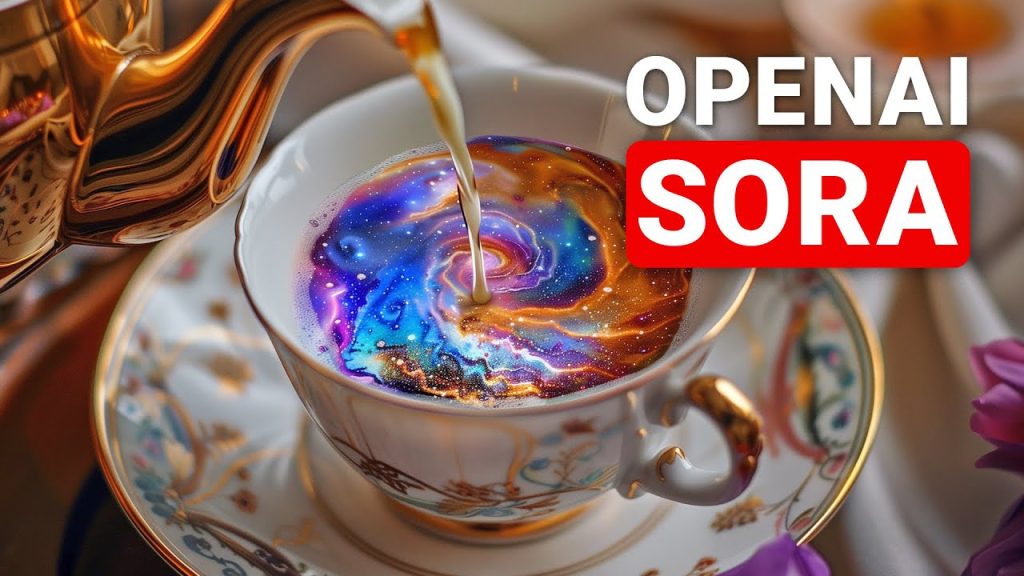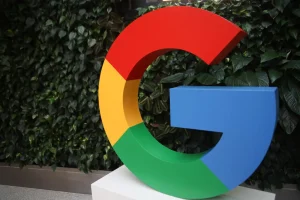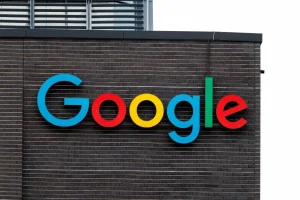Exploring the Boundaries of Creativity with AI

Recent strides in AI technology have not only captivated the imagination but have also dramatically altered the landscape of digital arts. A notable development in AI-generated visual content offers a thrilling glimpse into a future where art and technology converge with astonishing results.
The remarkable thing about these advancements is their capacity to simulate complex environments with striking accuracy, from the intricate designs of household interiors to dynamic depictions of racing cars. These virtual creations demonstrate the potential of AI to both replicate and reimagine the physical world in ways previously confined to the human imagination.
Unveiling the Marvels of AI-Generated Beauty
AI technology continues to dazzle us with its capabilities, particularly in the realm of visual arts and simulation. A recent breakthrough demonstrated a sophisticated video tour of a meticulously crafted virtual house. What stands out is the model’s precision, suggesting a deep understanding of architecture, rather than a mere random assembly of images. This echoes advances in material modeling and light interaction, where reflections and refractions add a layer of realism that greatly impresses those familiar with digital imagery.
Complexity in Simplicity: Details Matter
The detail in seemingly simple objects, like bed sheets, showcases the AI’s knack for balancing resolutions. This might hint at influences from video game technology. Moreover, the variance between high-resolution textures and simpler elements within the same scene illustrates a sophisticated handling of both types of materials, enhancing the overall visual experience.
Turning to more dynamic visuals, the AI’s interpretation of a racecar in action highlights its grasp of physical dynamics. The wheels’ motion and their interaction with the environment—like dust particles—are captured with remarkable accuracy, pointing to an exceptional understanding of physics and animation.
Bridging Creativity and Physics
The AI’s creative prowess is equally impressive. It reimagines Niagara Falls with vibrant, colorful paints flowing instead of water. This shows not only a visual spectacle but also a strong grasp of fluid dynamics, previously a complex concept even for experienced students.
Further extending its creative boundaries, the AI crafts scenes where ink drops morph into lifelike creatures. This showcases not only fluid simulation but also fluid control, bending the physical rules to achieve desired artistic effects.
The surreal scenes continue with visual treats such as a horse on roller skates and an elephant sculpted from leaves, demonstrating the AI’s ability to fuse creativity with realistic physics and lighting. Each frame is a testament to its evolving capabilities, continually pushing the boundaries of what can be visualized.
The Folly of Ambition: When AI Falters
Despite these impressive feats, the AI isn’t flawless. There are moments, particularly in a video featuring humanoid robots, where the attachment of body parts is glaringly incorrect, reminiscent of poorly assembled furniture. This highlights a disparity between its capability in rendering beautiful scenarios and handling anatomical accuracy.
This imperfection suggests a potential limitation in the AI’s current algorithm or perhaps a lack of computational power. As the technology progresses, these errors are expected to diminish, enabling more refined and accurate representations.
Future Prospects: The Dawn of AI in Cinematography
The continued advancements in AI are paving the way for anyone with a creative vision to play director, offering the ability to generate thousands of video variations within seconds. This democratization of content creation promises a new era in digital media, where the barriers to entry are significantly lowered.
As computational power increases and the cost of technology decreases, we are on the verge of a major revolution in how visual content is produced and consumed. The prospect of integrating more complex and realistic scenes is just around the corner, promising a future where AI not only assists but also enhances human creativity in unprecedented ways.
The journey through AI’s capabilities, from crafting surreal visual artistry to occasionally stumbling in anatomical accuracy, underscores both its potential and its limits. As AI technology evolves, its role in digital media continues to expand, promising a future where creative endeavors are not only assisted but significantly enhanced by these advancements.
The prospect of AI integrating more deeply into cinematography and content creation suggests a transformative shift in digital arts. It is an exciting time, reflecting the ongoing collaboration between human creativity and technological innovation as we explore new boundaries of visual storytelling.





